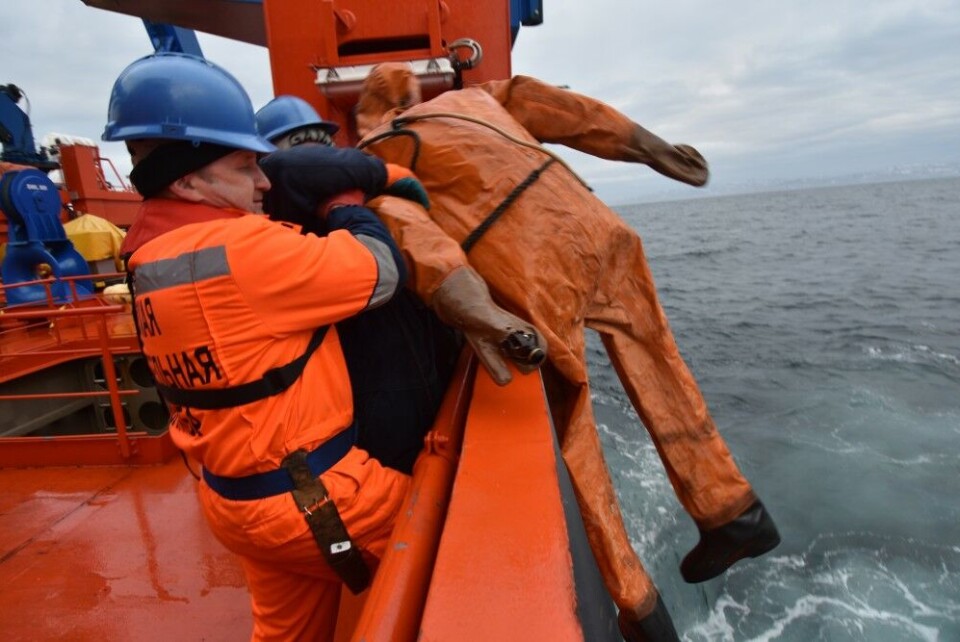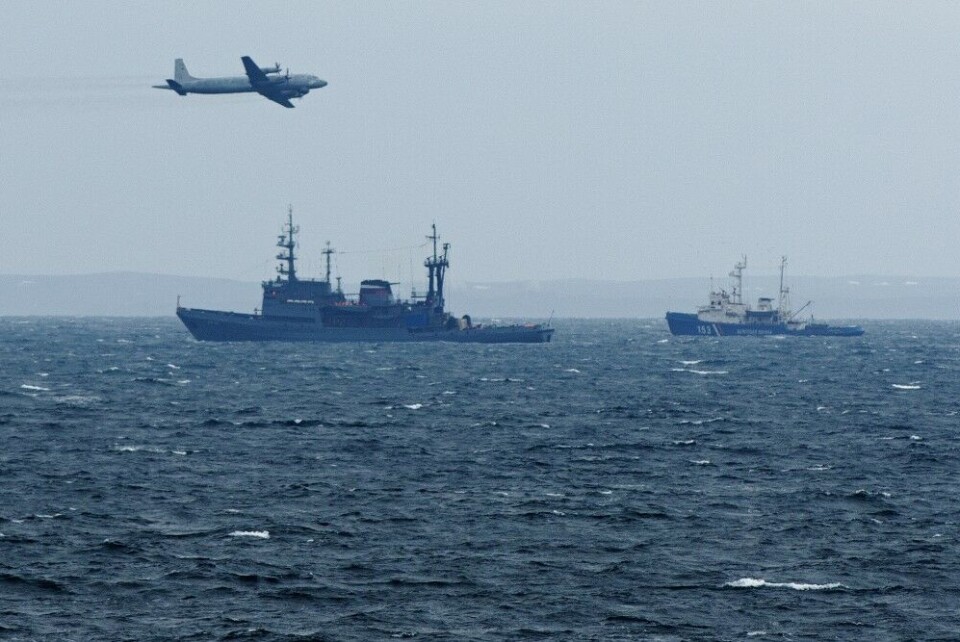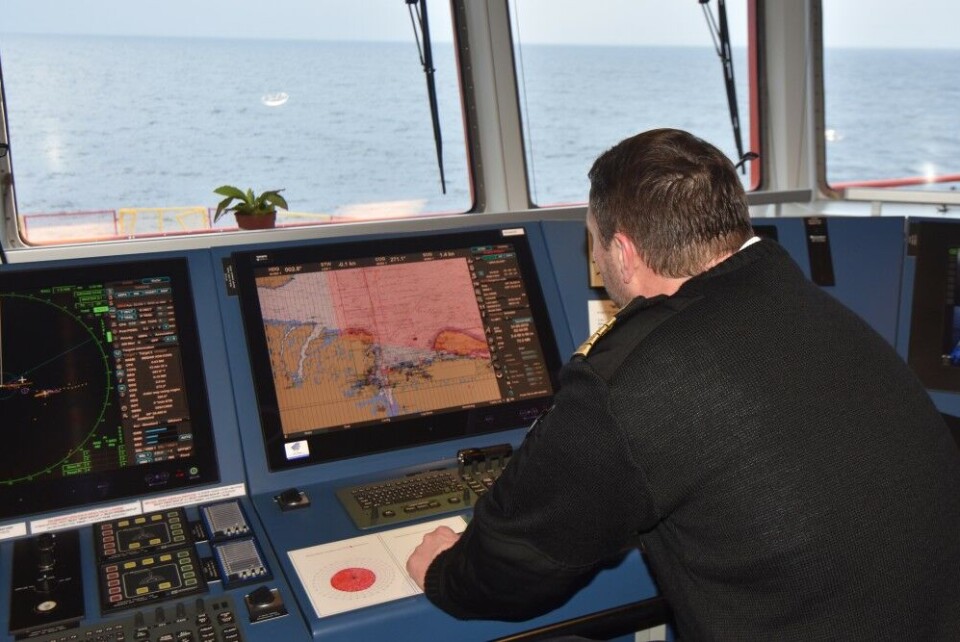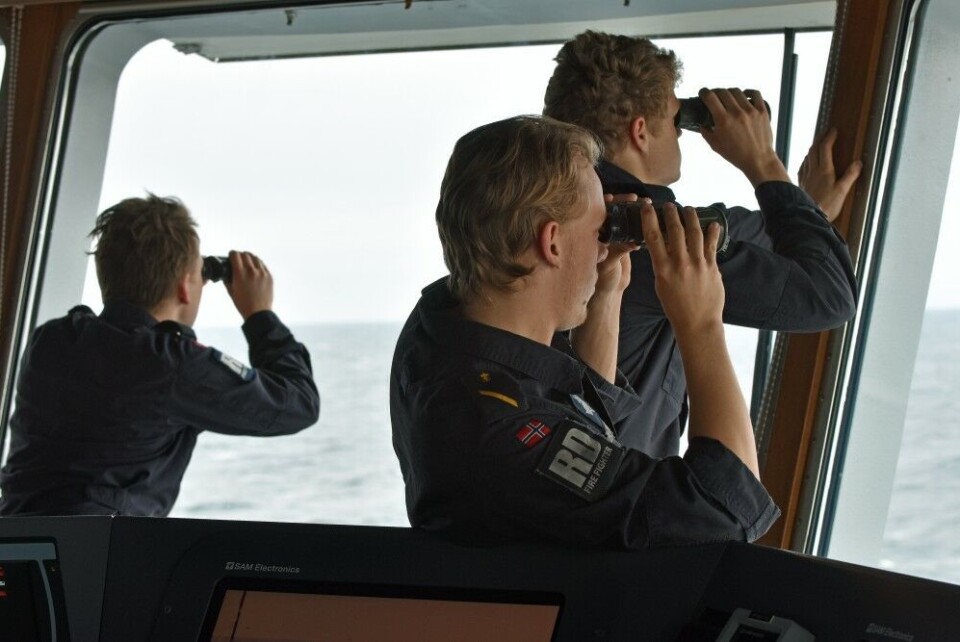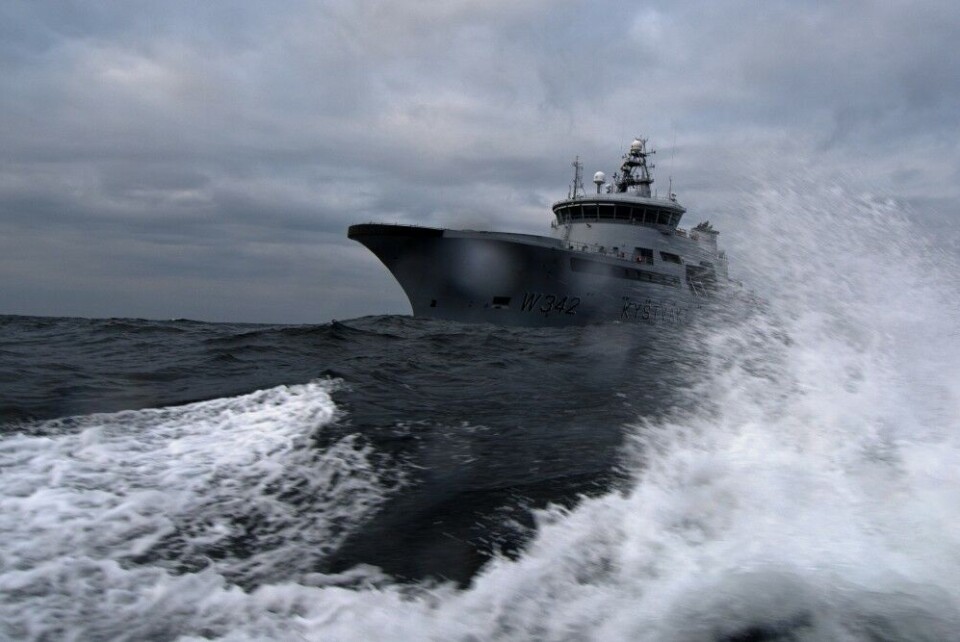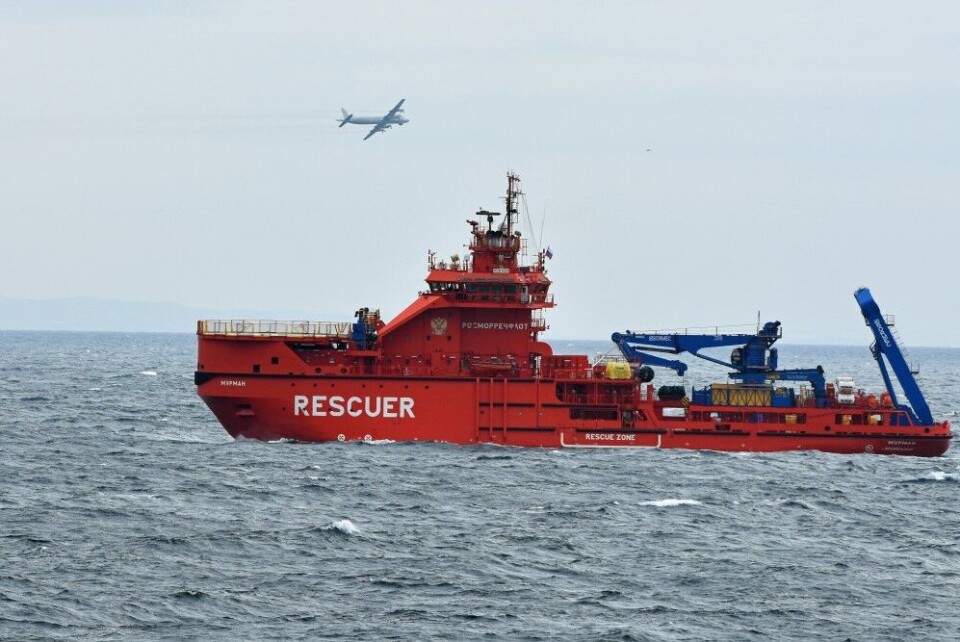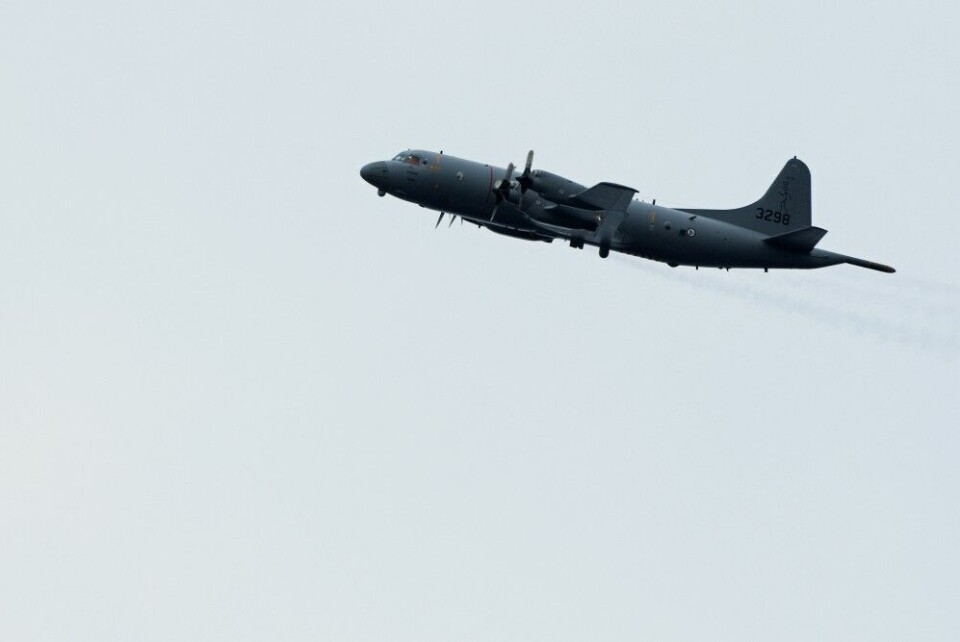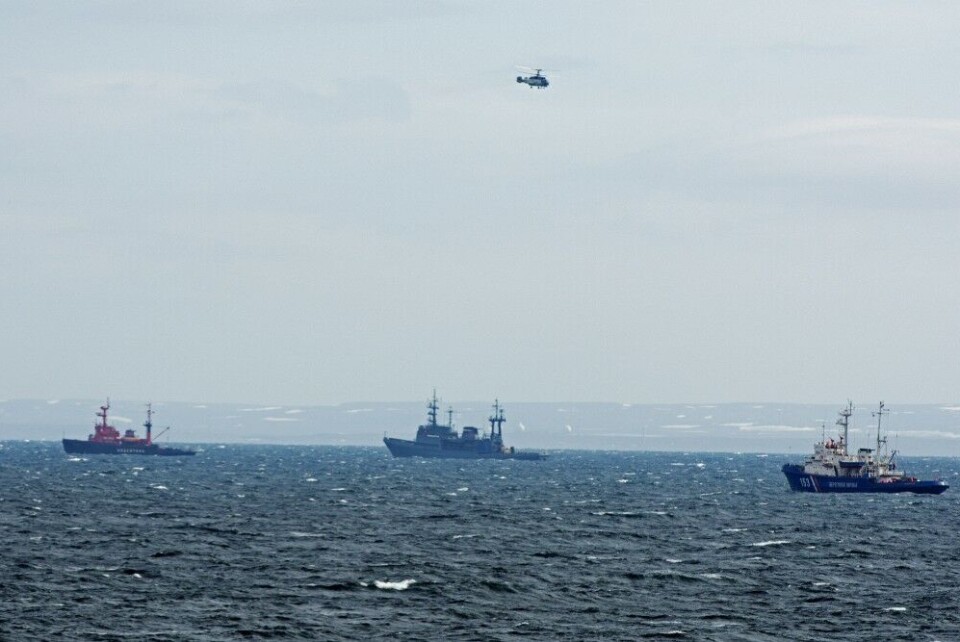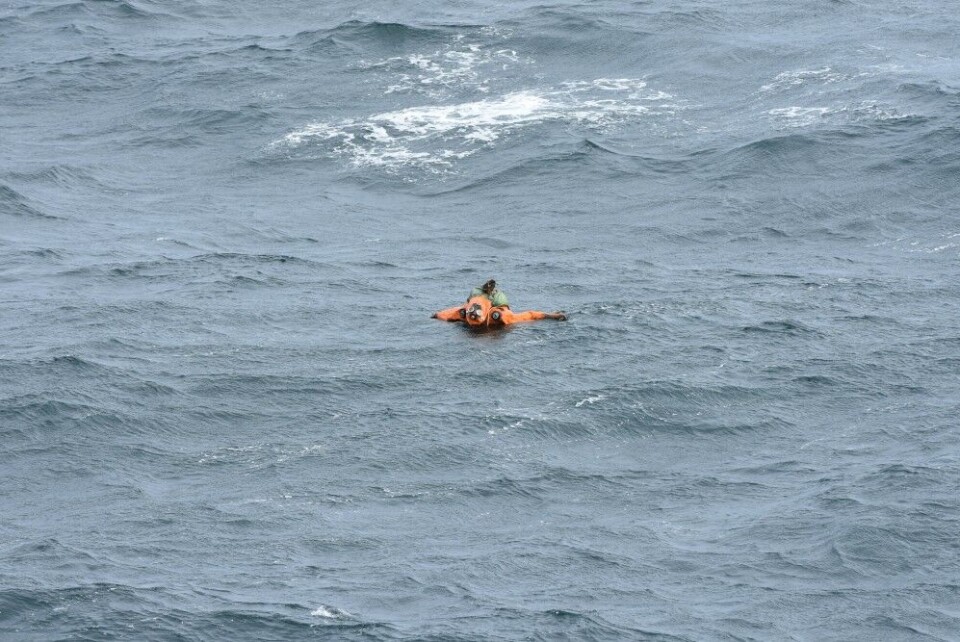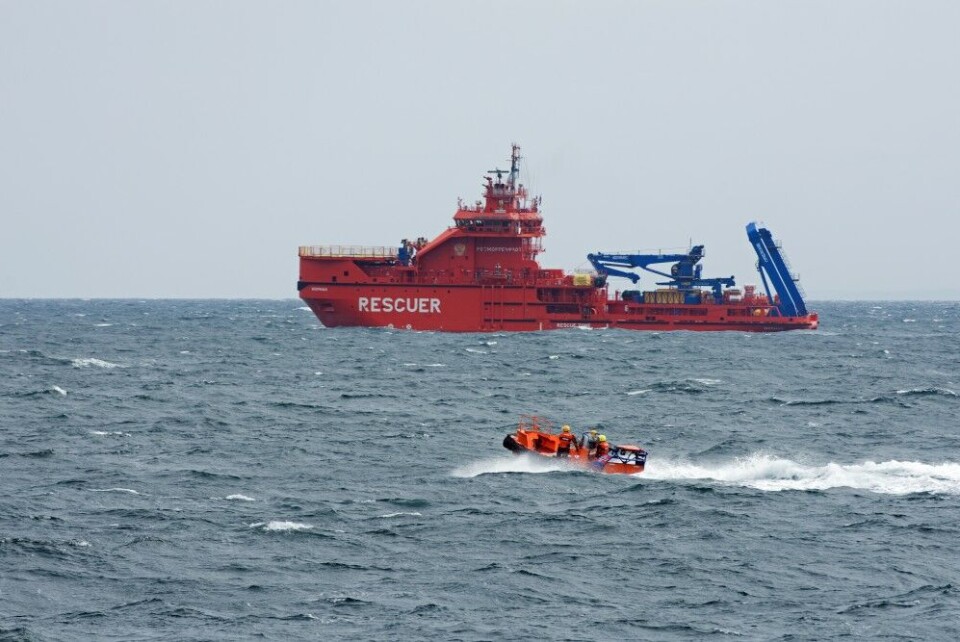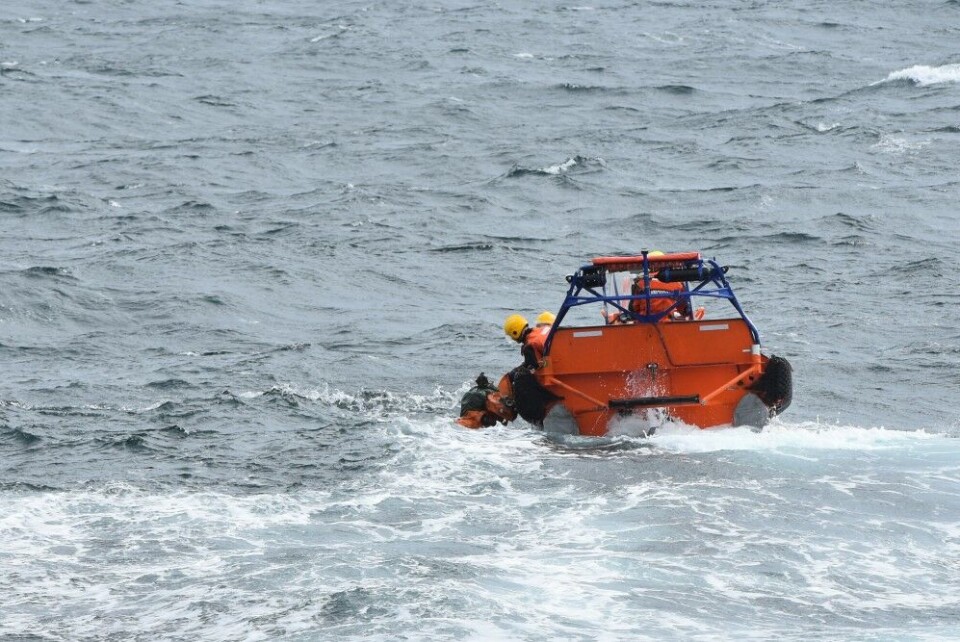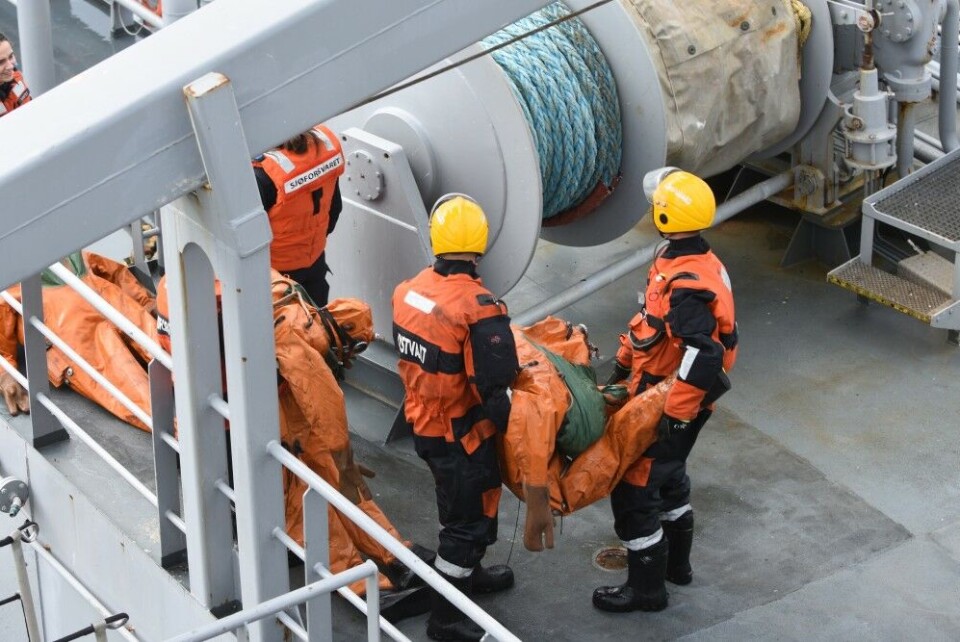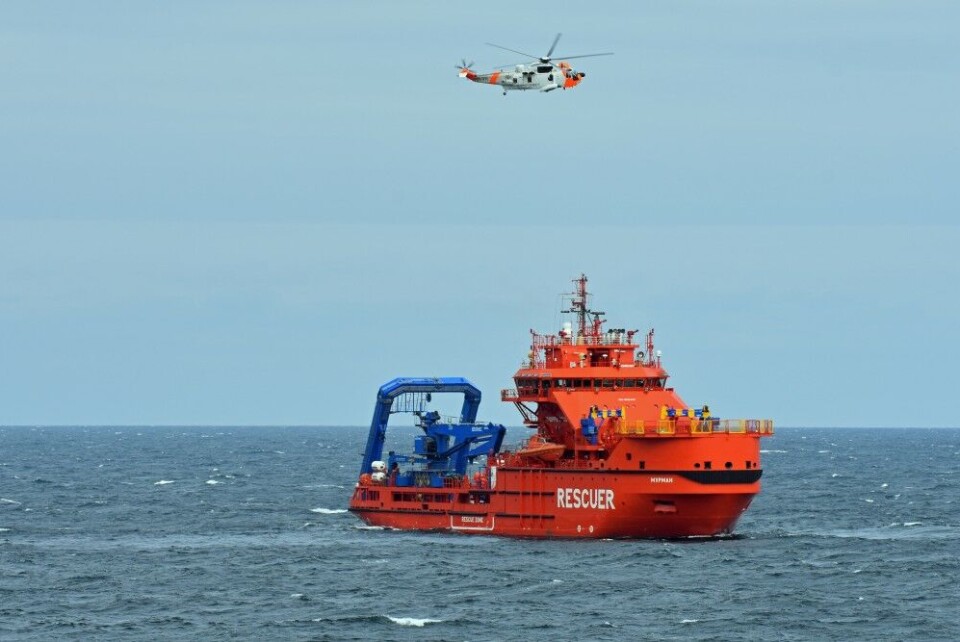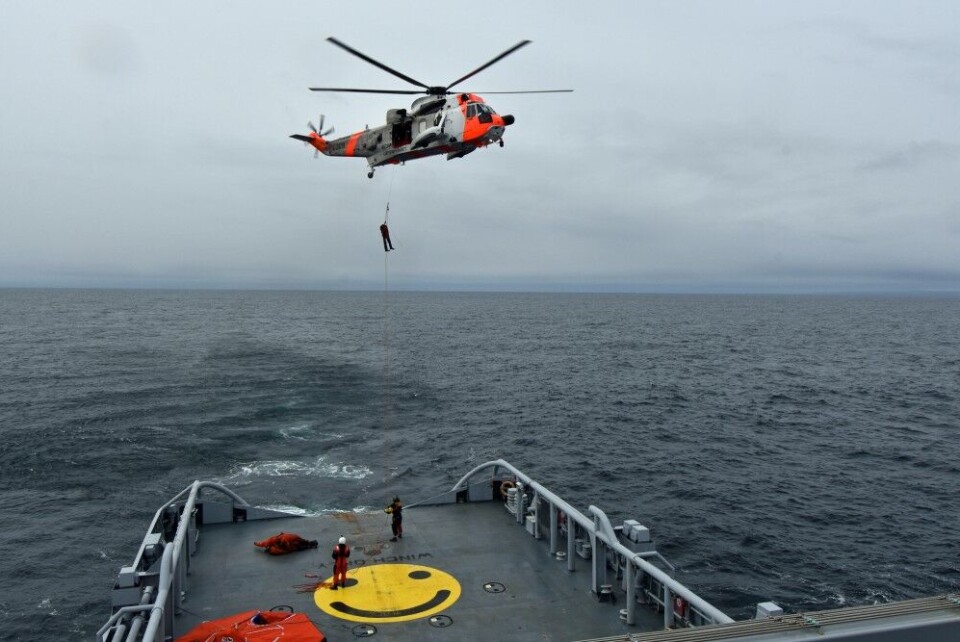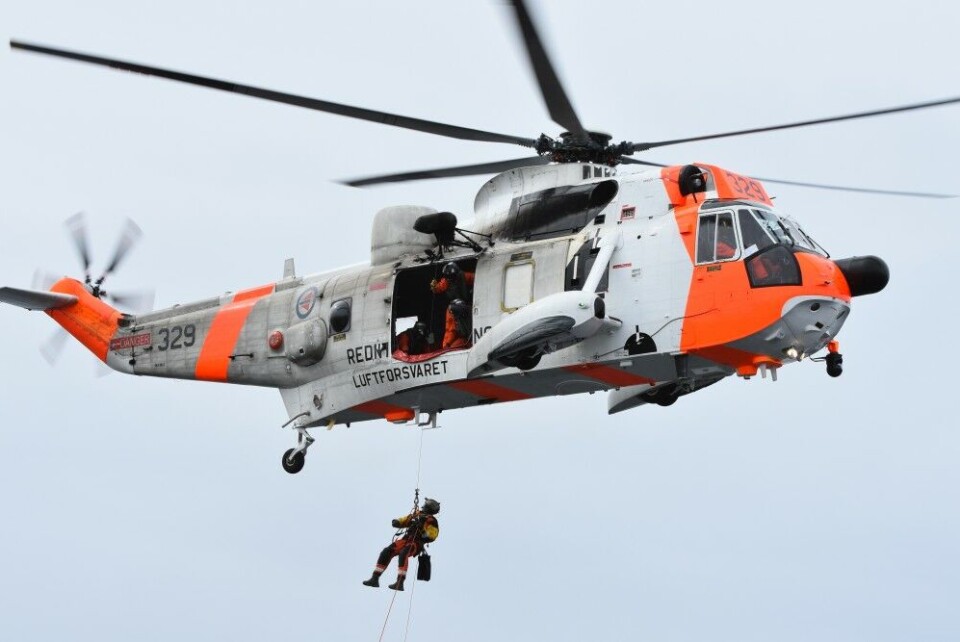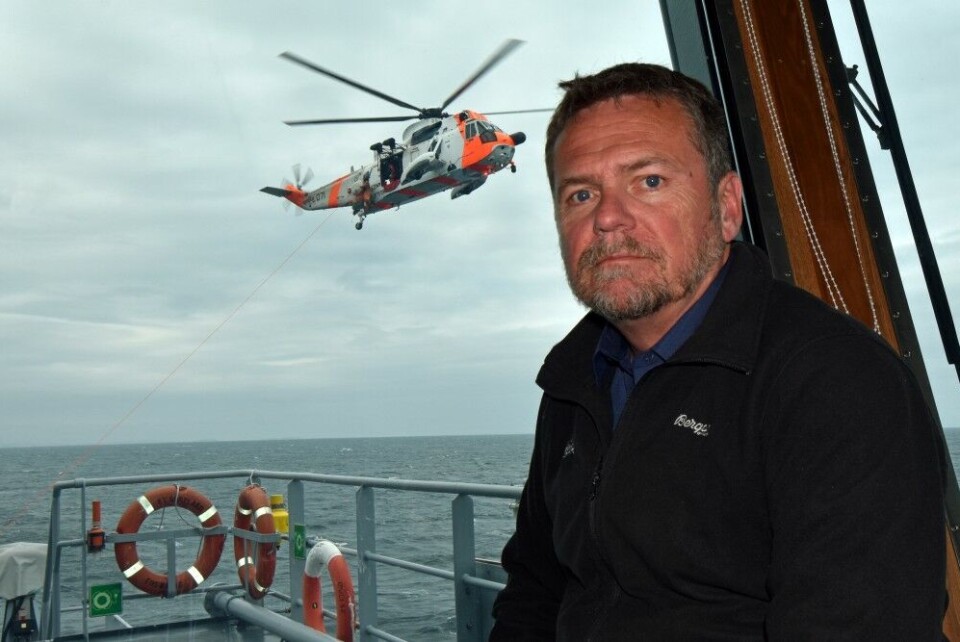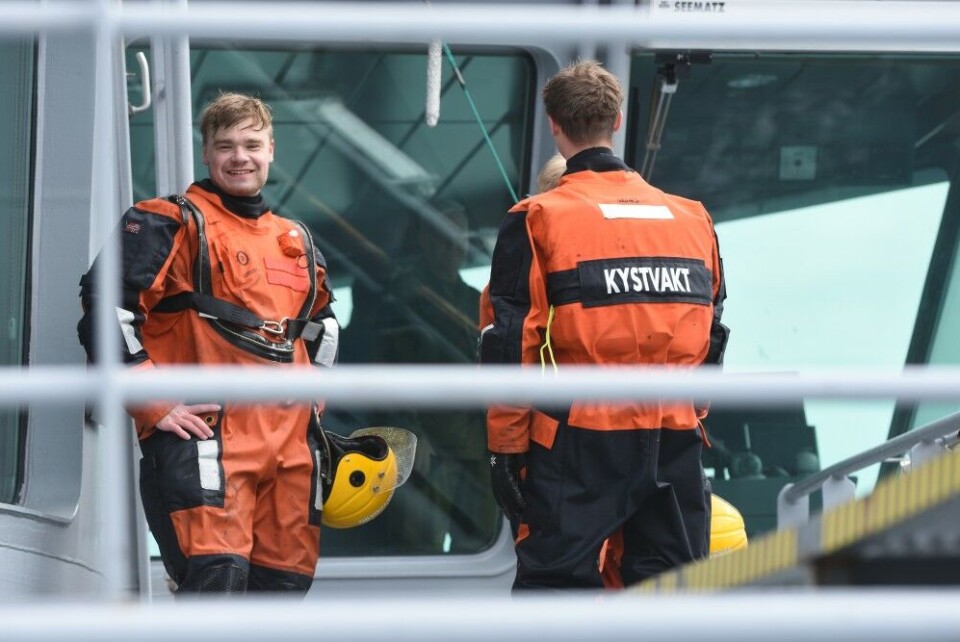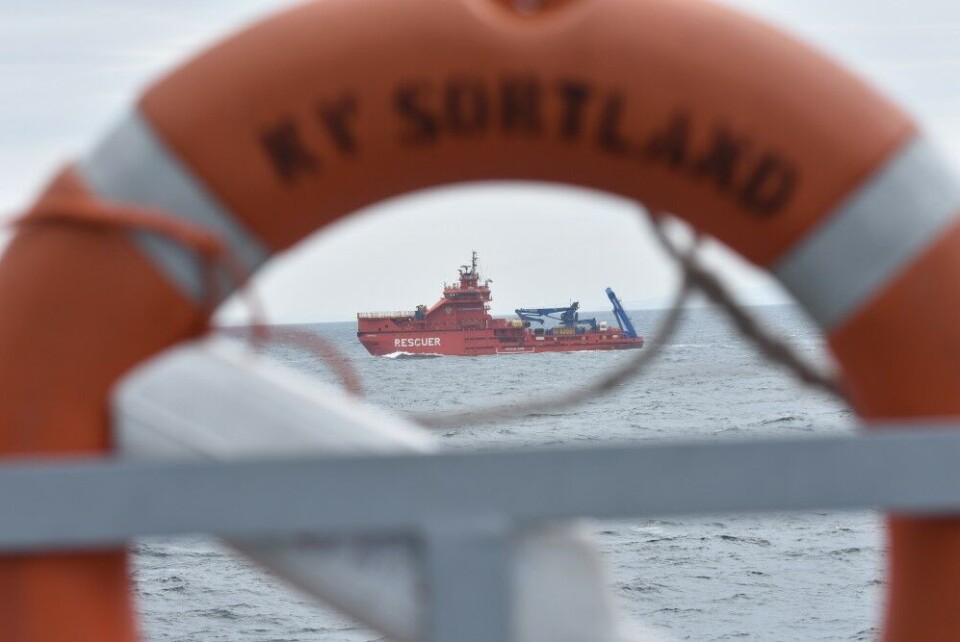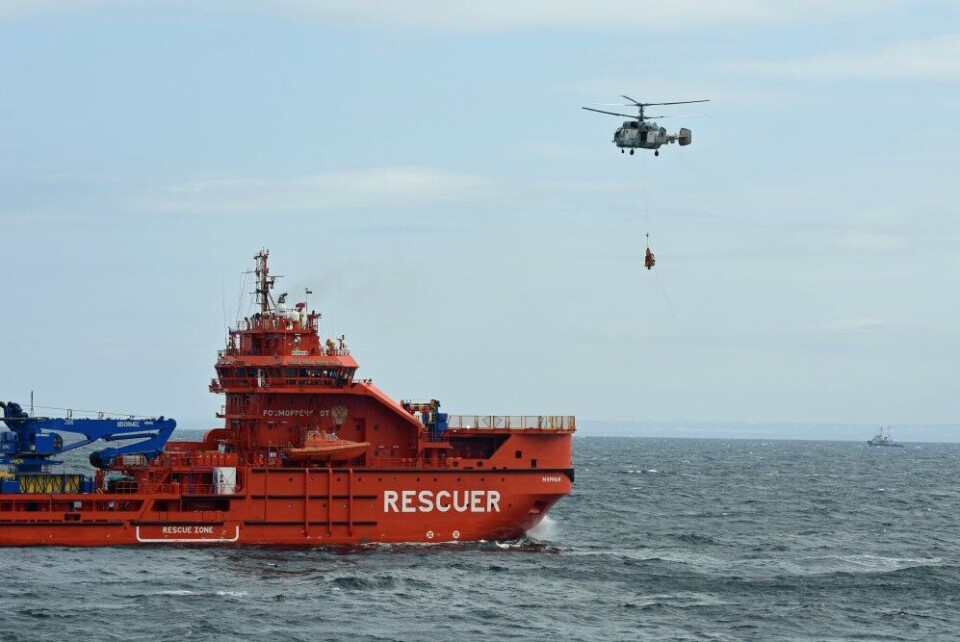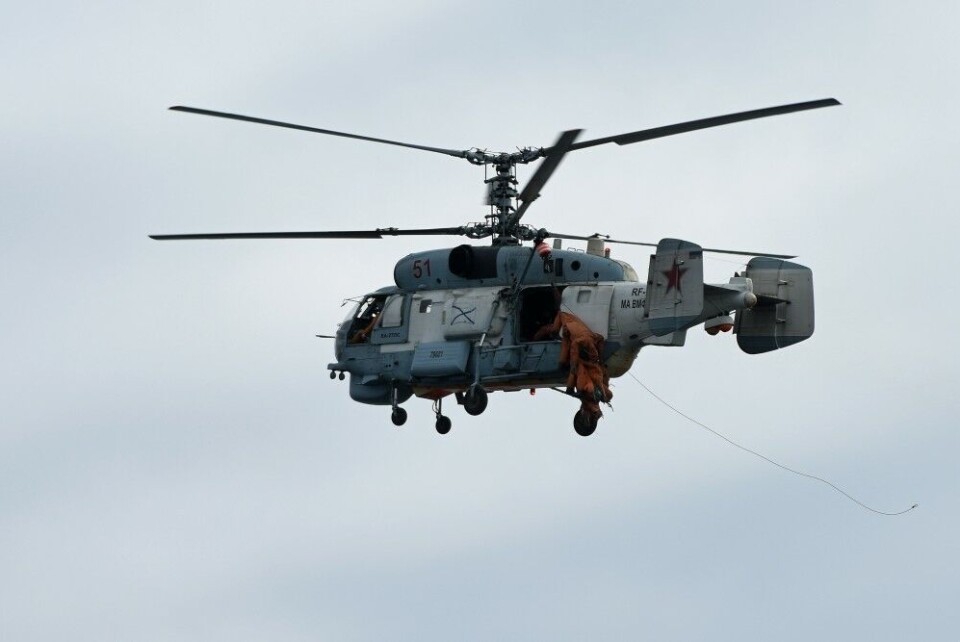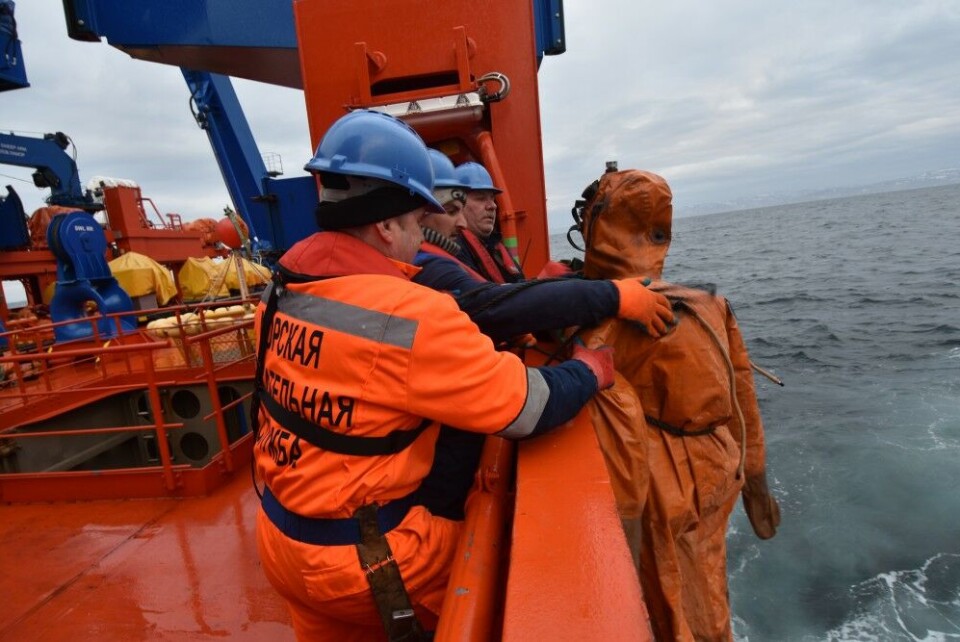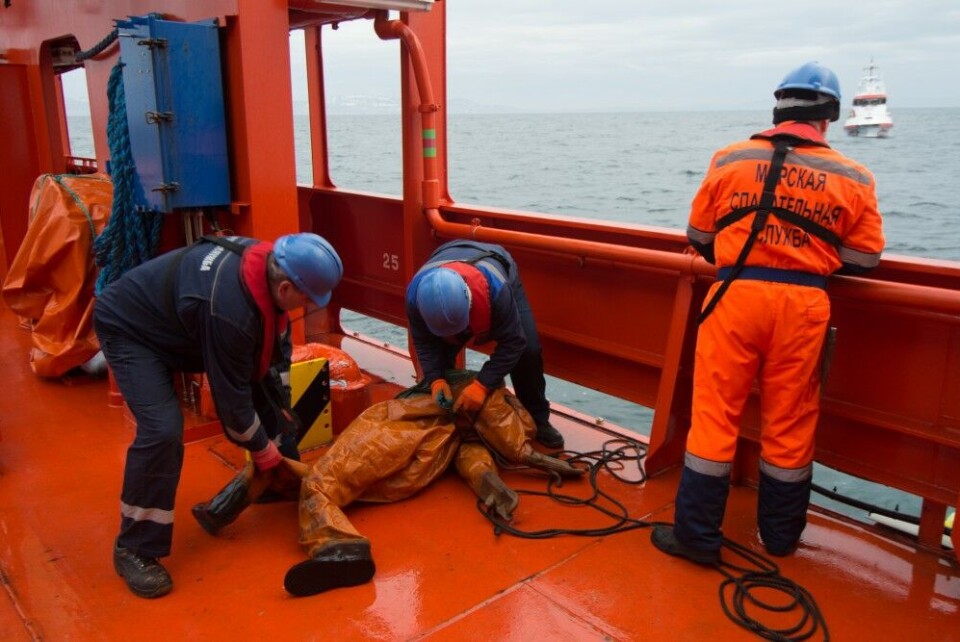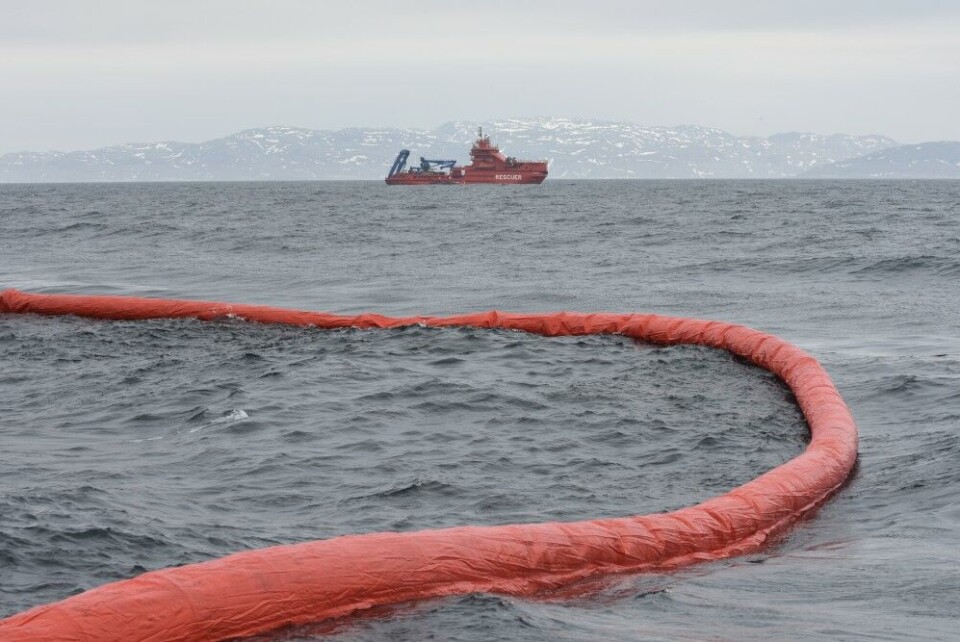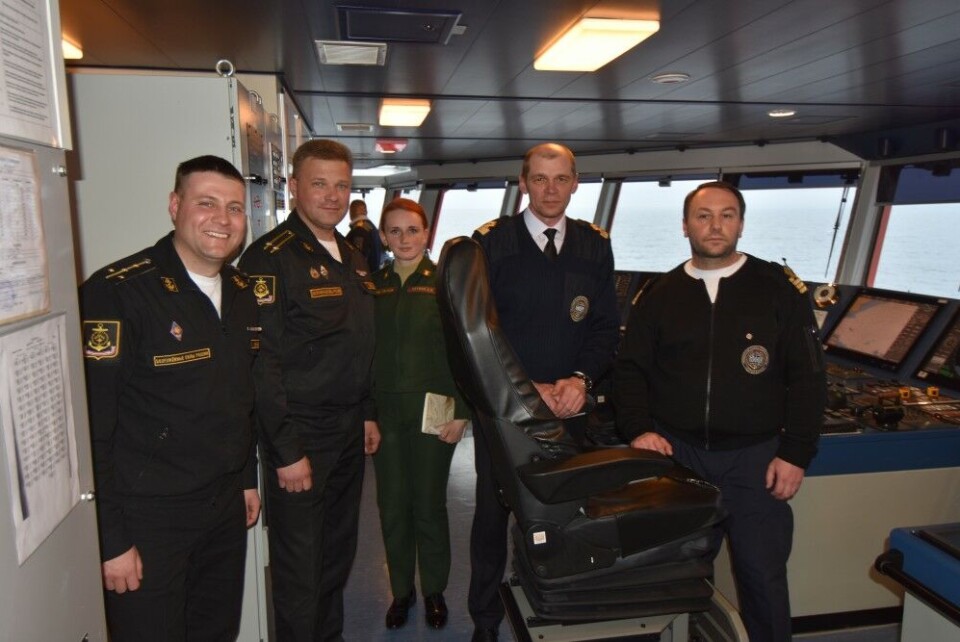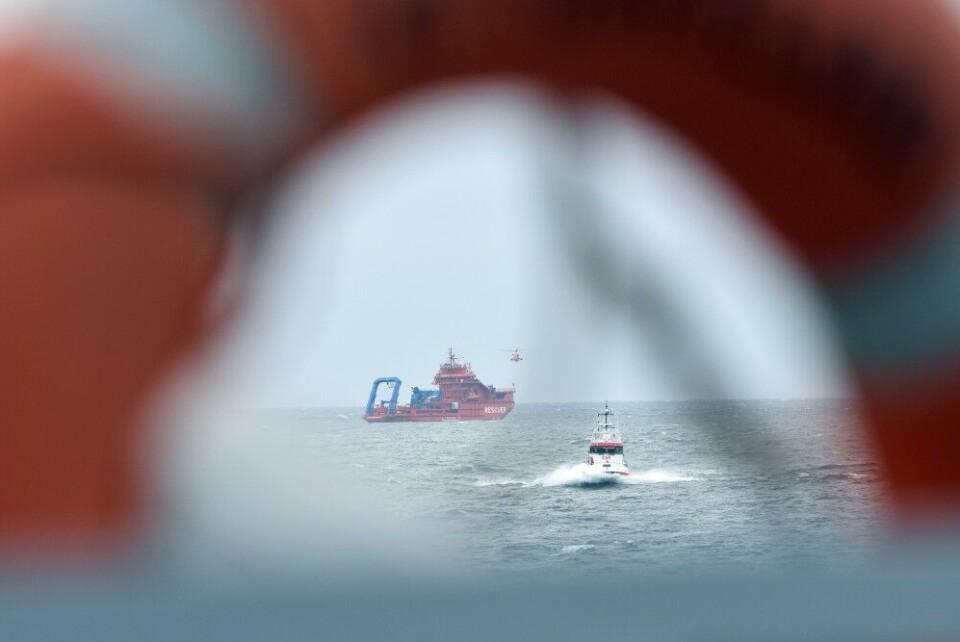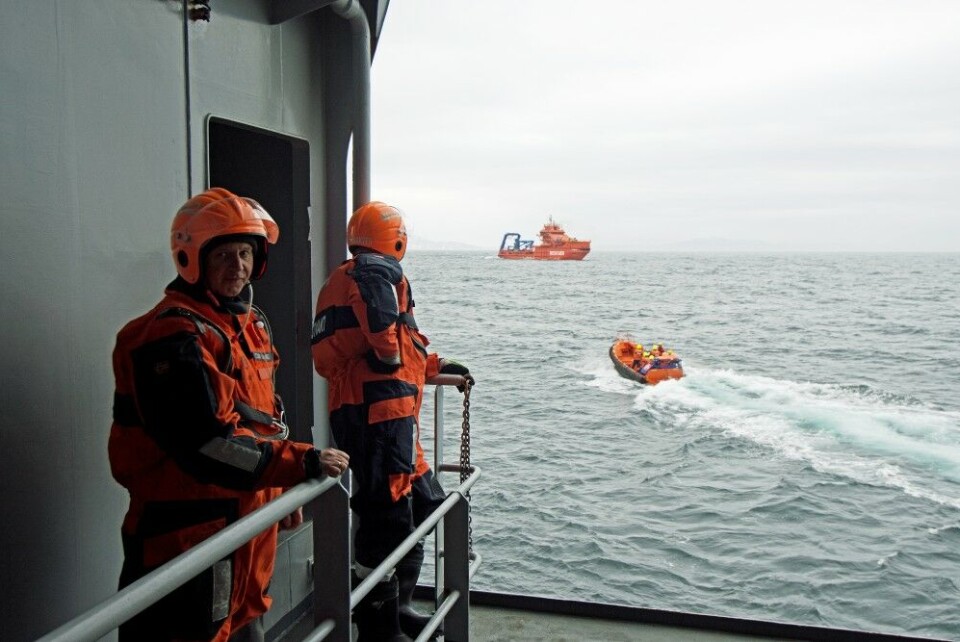Exercise Barents, unique cross-border Arctic rescue cooperation
Click on the gallery above to see all photos from the cross-border rescue training in the Barents Sea.
Both Norway and Russia have separated military exercises going on, but when Exercise Barents 2019 happened on Tuesday it is for the benefit and safety of everyone navigating in Arctic waters.
It is not every day you read news articles from the north about cross-border military uniformed cooperation between east and west. Search- and Rescue (SAR) is one a few arenas where a NATO-member country and Russia continue to meet for practical work and training.
Tuesday’s exercise is unique as 20 different professional organizations, 10 from each country, worked side-by-side in the maritime border areas of the southern Barents Sea with their assets. The participating units belong to military, emergency response organizations, pollution control, aviation controllers, metrological services and coastal administrations.

From Russia, four ships participated, including the military Northern Fleet’s tug “Altai” and FSB’s Border Guard patrol vessel “Zapolariye”.
From Norway, the two Coast Guard vessels “KV Sortland” and “KV Farm” took part.
Scenario for the SAR-exercise was first finding people in distress at sea, followed by an oil-spill cleanup operation. Both tasks are highly relevant as more and more ships sail Arctic waters and petroleum exploration is increasing.
With practical training, the Russian and Norwegian personnel learn to communicate, exchange resources and see how their different assets cooperate in real life out at open sea.
In the air, a Norwegian Orion P-3 and a Russian Ilushin-38 willwere flying in the search operation. These two aircraft are normally patrolling the Barents Sea as anti-submarine surveillance planes, and then watching out for each other’s submarines voyages. At Exercise Barents 2019, the planes were even allowed to cross the border line. It is not everyday you see a Russian anti-submarine aircraft inside Norwegian airspace in the north, or a Norwegian military plane flying so close to the heavily militarized Kola Peninsula.
Also the ships involved in the exercise were allowed to cross the maritime border line.
Over the last week, both Norway and Russia have been actively involved in military exercises in the north. Norway, together with seven other nations in the biennial Arctic Challenge air force drill and the Russian Northern Fleet with an air defense drill in the Barents Sea.
Earlier in May, Norwegian army soldiers have been exercising wargame in northern Finland, while the Russian navy was shooting artillery in the Norwegian Sea. Increased military training follows the changing security dynamics in northern Europe.
With the militarization as a background, Exercise Barents is a shining example of good neighborliness.
Bent-Ove Jamtli is Director of the Joint Rescue Coordination Centre of Northern Norway (JRCC). He says practical exercises like this is important as shipping in Arctic waters are on increase. “Training together with the Russian search- and rescue resources makes us stronger and better coordinated in case of accidents at sea up north,” Jamtli says.
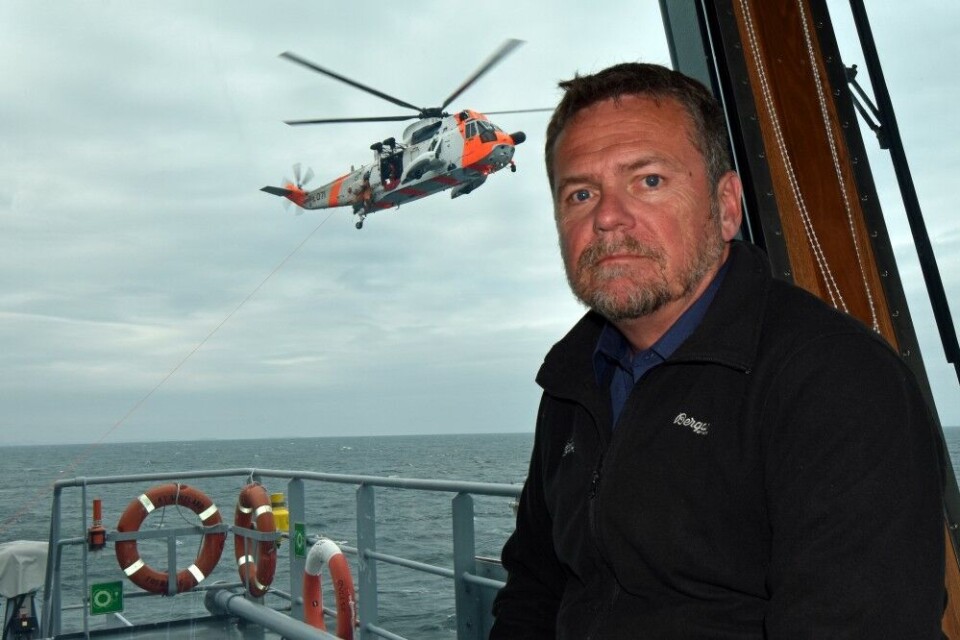
Article updated with photo gallery on May 29th.

